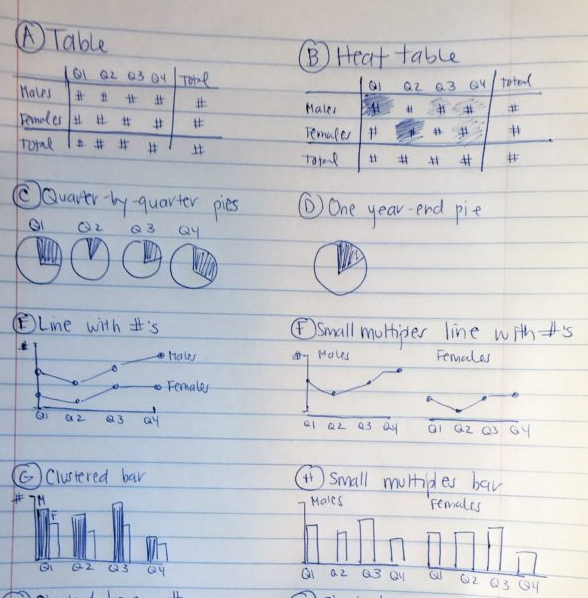Link: https://knowledge.wharton.upenn.edu/article/why-early-401k-withdrawals-are-a-bad-idea/
Excerpt:
Wharton Business Daily: What are your thoughts on the move by Congress to allow people to be able to dip into their 401(k) accounts? You are not a fan of that idea in general.
Olivia Mitchell: That’s true. This got started in March 2020, when the CARES Act was passed by Congress, allowing people who had 401(k) accounts and who were younger than age 59.5 to access up to $100,000 from their retirement accounts without paying the 10% penalty. Congress permitted this in the throes of COVID and then they allowed the income taxes on those withdrawals to be spread over three years unless the money was repaid to the account. That option ended in December 2020.
Congress passed a new bill in December that did not extend penalty-free access to everyone, but it did permit people who experienced federally declared disasters, aside from COVID, to withdraw some of their 401(k) money. So, there are still eligible people who, in 2021, can withdraw up to $100,000 from their retirement accounts without penalties. Again, they can spread it over three years for tax purposes. In general, this is not a good idea.
Author(s): Olivia S. Mitchell
Publication Date: 23 February 2021
Publication Site: Knowledge @ Wharton




